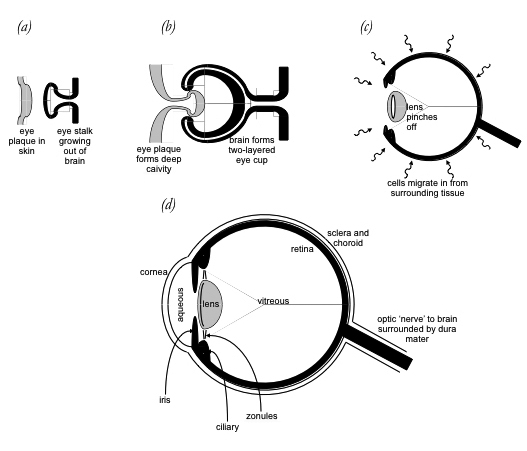
|
Lorna Mills and Sally McKay
Digital Media Tree this blog's archive OVVLvverk Lorna Mills: Artworks / Persona Volare / contact Sally McKay: GIFS / cv and contact |
View current page
...more recent posts
The comment thread of a recent Art Fag City IMG MGMT essay on relational aesthetics and 4Chan has set me off on a tangent: I really think it's time to stop thinking of digital media as immaterial. The whole physical art/non-physical art distinction is a big red-herring. We are accustomed to thinking of vision as something external to our bodies, and therefore when we interact with something visually, we can think of it as "virtual" in a way that we would never ascribe to a sensation of touch or smell. But vision is just as much a physiological process as the other senses. And vision is unique in that many of the components of its sensory organ (the eye) are actually comprised of brain cells. It's like our eyes are little bits of brain, sitting in the front of our heads. It doesn't get much more visceral than that. The development of the eye, from Beyond The Zonules of Zinn by David Bainbridge (p.146) Here's something that David Bainbridge has to say about the iris in his brain anatomy book Beyond The Zonules of Zinn. ...when you are staring lovingly into somebody's eyes, you are actually staring at the perforated frontmost extension of his or her brain, which I admit does not seem quite so romantic. Yes, the iris is brain — the window on the soul after all. Admittedly the iris is an unusual part of the brain. Beautiful pigmentation led to its name, which means "rainbow." Also, it forms its own instrinsic muscles to open and close the pupil, and so it is the only part of the brain that can move itself. (p.147) Note: There are lots of other reasons besides eyes to drop the whole immateriality-of-digital-media idea. A simple one: the material effects of e-waste on the environment. A complicated one: the myth of immateriality fosters misleading utopic/distopic notions of imagery and content that are capable of propagating themselves, spontaneously reproducing in some kind of ether-type netherworld (so-called virtual space). It's very Cartesian, as if the internet is supposed to operate according to different physical laws from everything else. |